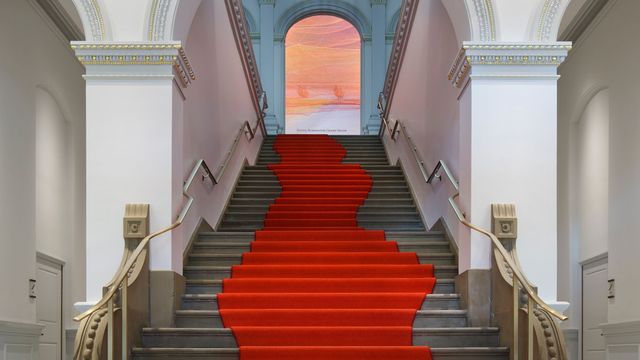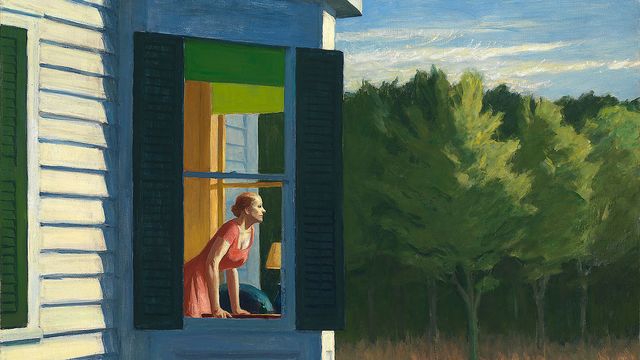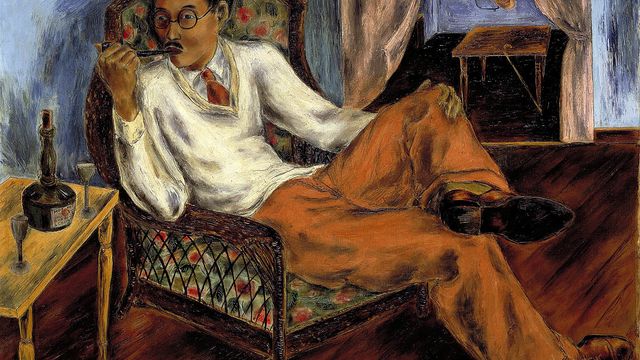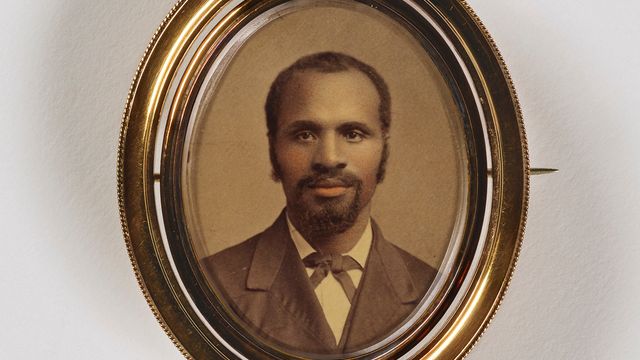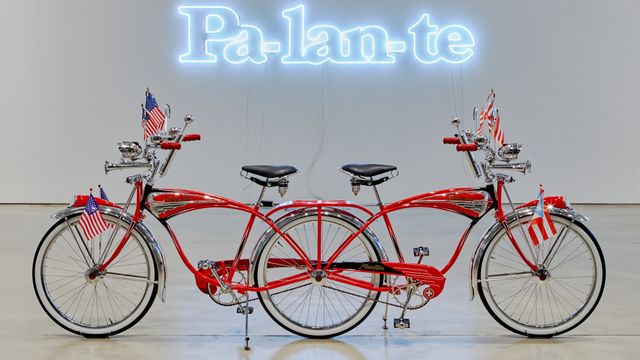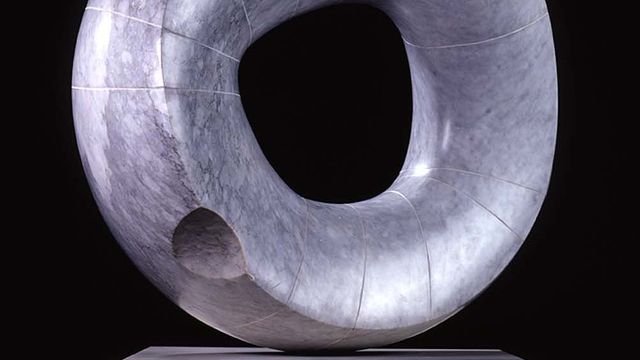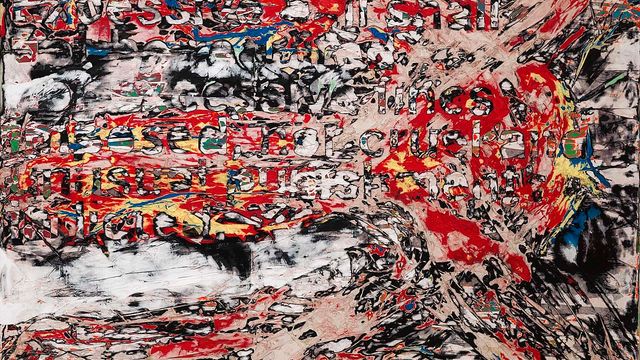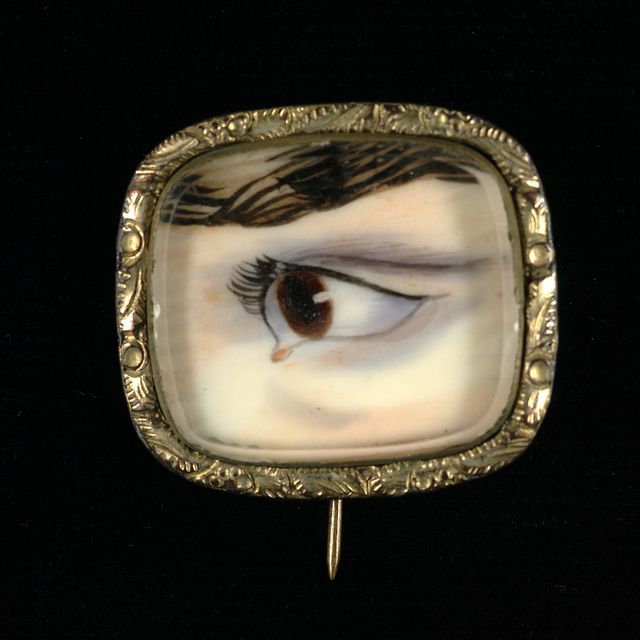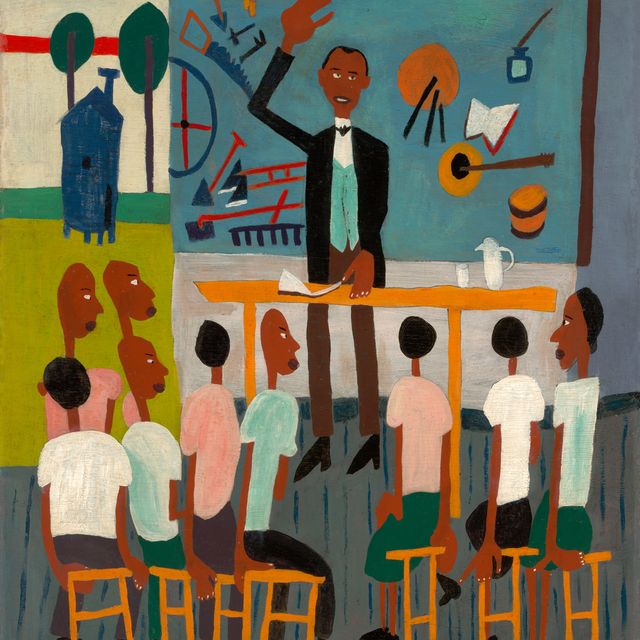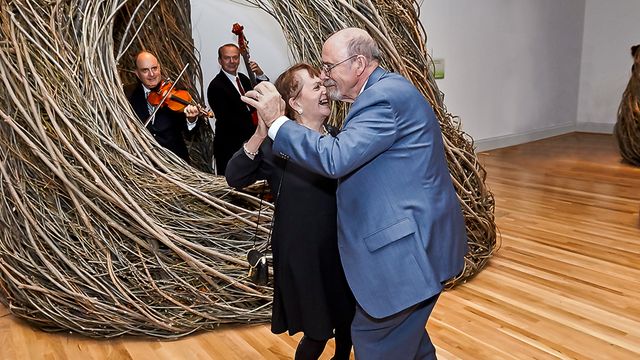Artwork Details
- Title
- I Baptize Thee
- Artist
- Date
- ca. 1940
- Location
- Not on view
- Dimensions
- 38 1⁄8 x 45 1⁄2 in. (96.9 x 115.6 cm)
- Credit Line
- Gift of the Harmon Foundation
- Mediums
- Mediums Description
- oil on burlap
- Classifications
- Subjects
- Figure group
- African American
- Ceremony — religion — baptism
- Object Number
- 1967.59.977
Artwork Description
In the background of this painting, Sunday suits and best dresses evoke a Baptist congregation in a rural community. Nearer the viewer, however, the strong profiles, closed eyes, and exaggerated hands and feet recall African art and older rituals of faith. The preacher and congregants stand in a creek or a pond to symbolize crossing the River Jordan into a new life. This symbolism applied as well to the dramatic change in William H. Johnson’s career when he returned to America in 1938. He abandoned his European painting styles and subjects and vowed to paint the authentic spirit of “his own people.”


